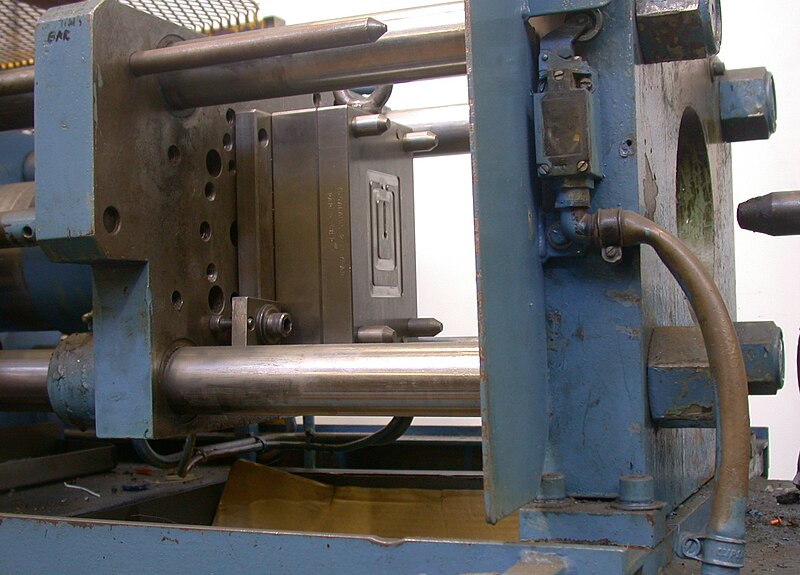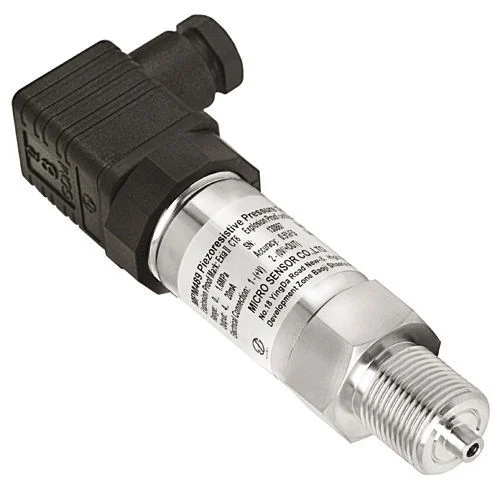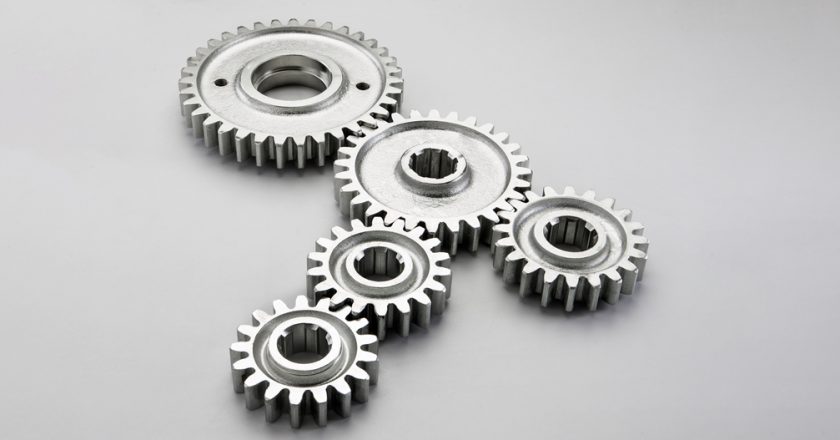Quality control in injection molding is essential. Without it, even small defects can turn into big problems, leading to wasted materials, costly rework, and unhappy customers.
For manufacturing engineers, getting quality control right is all about catching issues early and ensuring every part meets the mark.
This guide is here to help you do just that, offering practical tips and best practices to keep your injection molding process running smoothly and your products up to standard.
Understanding Quality Control in Injection Molding
Quality control involves a series of checks and balances throughout the manufacturing process, from material selection and mold design to the final inspection of the finished product.
By carefully monitoring each step, quality control helps to identify and correct potential issues before they result in defects, ensuring that the final parts are consistent, reliable, and free from flaws.
Common Quality Issues in Injection Molding
Injection molding, while precise, can still encounter a range of quality issues that affect the final product. Some of the most common defects include warping, sink marks, and short shots.
Warping occurs when different parts of a molded component cool and shrink at different rates, leading to a distorted or twisted shape. This can result from uneven cooling, improper mold design, or inconsistent material flow. The impact is significant as warped parts often don’t fit or function as intended, leading to assembly problems or product failures.
Sink Marks are depressions on the surface of the molded part, usually appearing where the material is thicker. They occur when the outer layer of the plastic solidifies before the inner layers have filled the mold, causing the surface to collapse inward.

Sink marks can compromise the aesthetic appeal and structural integrity of the product, making it less durable and potentially unappealing to customers.
Short Shots happen when the mold cavity isn’t filled, leaving incomplete or missing sections in the part. This defect is often caused by insufficient material flow, low injection pressure, or blocked gates.
Short shots render the part unusable, as it won’t meet the required dimensions or functional specifications, leading to scrap or the need for costly rework.
These defects not only affect the quality and functionality of the final product but also increase production costs and lead times, making effective quality control measures essential in preventing these issues.
Best Practices for Quality Control in Injection Molding
Achieving high-quality results in injection molding involves several key practices. Here are some effective tips for maintaining consistent, top-notch products:
Material Selection and Handling
Choosing the Right Material: Selecting materials that meet the specific needs of the product, such as strength and flexibility, is crucial. Materials should be stored in clean, dry conditions to avoid contamination. Utilizing a FIFO (First In, First Out) approach helps keep materials fresh and consistent.
Mold Design and Maintenance
Designing for Quality: Molds should be designed with features such as uniform wall thickness and proper gating to reduce defects like warping and sink marks. Regular maintenance, including cleaning and inspecting molds, ensures they remain in optimal condition, which helps maintain high-quality production.
Process Optimization
Controlling Key Parameters: Critical factors such as temperature, pressure, and cooling time need to be closely monitored during the molding process. Effective management of these parameters ensures proper material filling and solidification. Implementing Statistical Process Control (SPC) allows for real-time monitoring, helping to detect and address any variations that might lead to defects.
Machine Calibration and Maintenance
Calibrating and Maintaining Machines: Regular calibration of machines ensures they deliver the right amount of material at the correct temperature and pressure.

Scheduled maintenance prevents unexpected breakdowns and keeps production running smoothly, which is essential for consistent product quality.
In-Process Quality Inspection
Monitoring Quality in Real-Time: Visual inspections and sensors during production are key to identifying defects as they occur. Automated inspection systems, such as machine vision, offer a more accurate and efficient way to ensure that only high-quality parts continue through the production process.
Post-Production Quality Testing
Conducting Thorough Testing: After production, parts should undergo various tests to check dimensions, strength, and appearance. Analyzing these test results helps in identifying issues and making necessary adjustments to the process, ensuring that final products meet all required specifications.
Custom part manufacturing experts like Dainsta employ robust quality control mechanisms to ensure the production of perfectly fitting, high-quality parts.
Challenges Faced by Manufacturing Engineers
Manufacturing engineers often deal with cost constraints, which can limit the resources allocated to quality control, potentially impacting the thoroughness of inspections and testing. Time pressures also pose a challenge, as tight production schedules can force engineers to rush quality checks, risking overlooked defects.
Additionally, the complexity of modern injection molding processes adds to the difficulty of maintaining consistent quality.
Identifying and addressing defects in intricate mold designs or advanced materials can be particularly challenging, requiring sophisticated tools and expertise to manage effectively.
Practical Solutions and Recommendations
To tackle these challenges, engineers can adopt lean quality control practices to optimize resource use and manage costs effectively. Automating inspection processes can save time and ensure consistent, thorough quality checks without delaying production.

Real-time monitoring technologies, such as pressure sensors, temperature sensors, and flow sensors, enable immediate detection and correction of issues during injection molding, helping to keep production on schedule. Investing in advanced training and simulation software further enhances engineers’ skills in managing complex molding processes and continuously improving quality control procedures.
These strategies help maintain high-quality standards while addressing budgetary and time constraints.
Conclusion
Maintaining quality in injection molding is essential for ensuring parts meet precise specifications and perform reliably. Adhering to best practices for custom parts such as selecting appropriate materials, optimizing process parameters, and conducting thorough inspections can significantly reduce defects and enhance product consistency.
Addressing common challenges like cost constraints and time pressures with strategic solutions helps keep production on track.
To ensure the highest standards for your custom parts, it’s important to consult custom tooling experts. Their expertise ensures effective management of complex processes and adherence to rigorous quality standards. Contacting these experts can provide the support needed for superior results.
Want to manufacture custom tools for high-performance applications?
Let Dainsta get you started.
